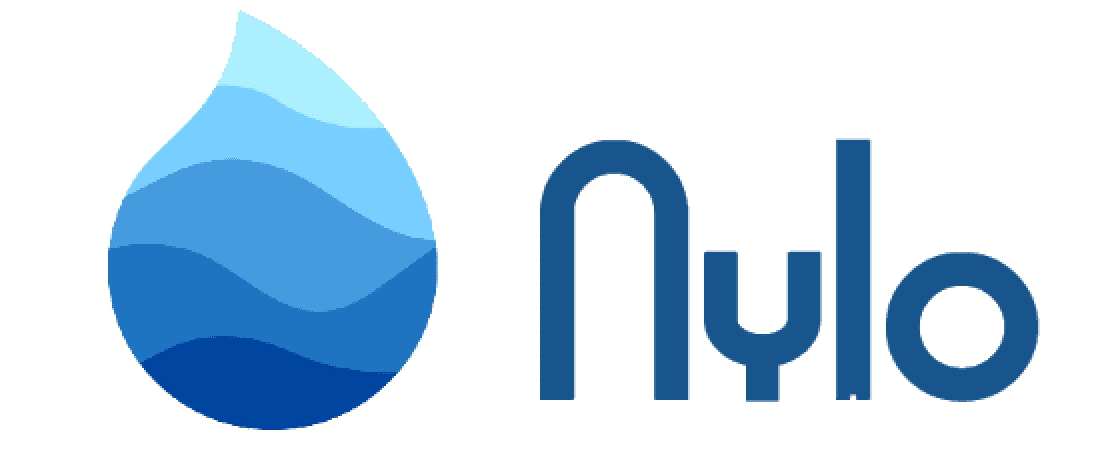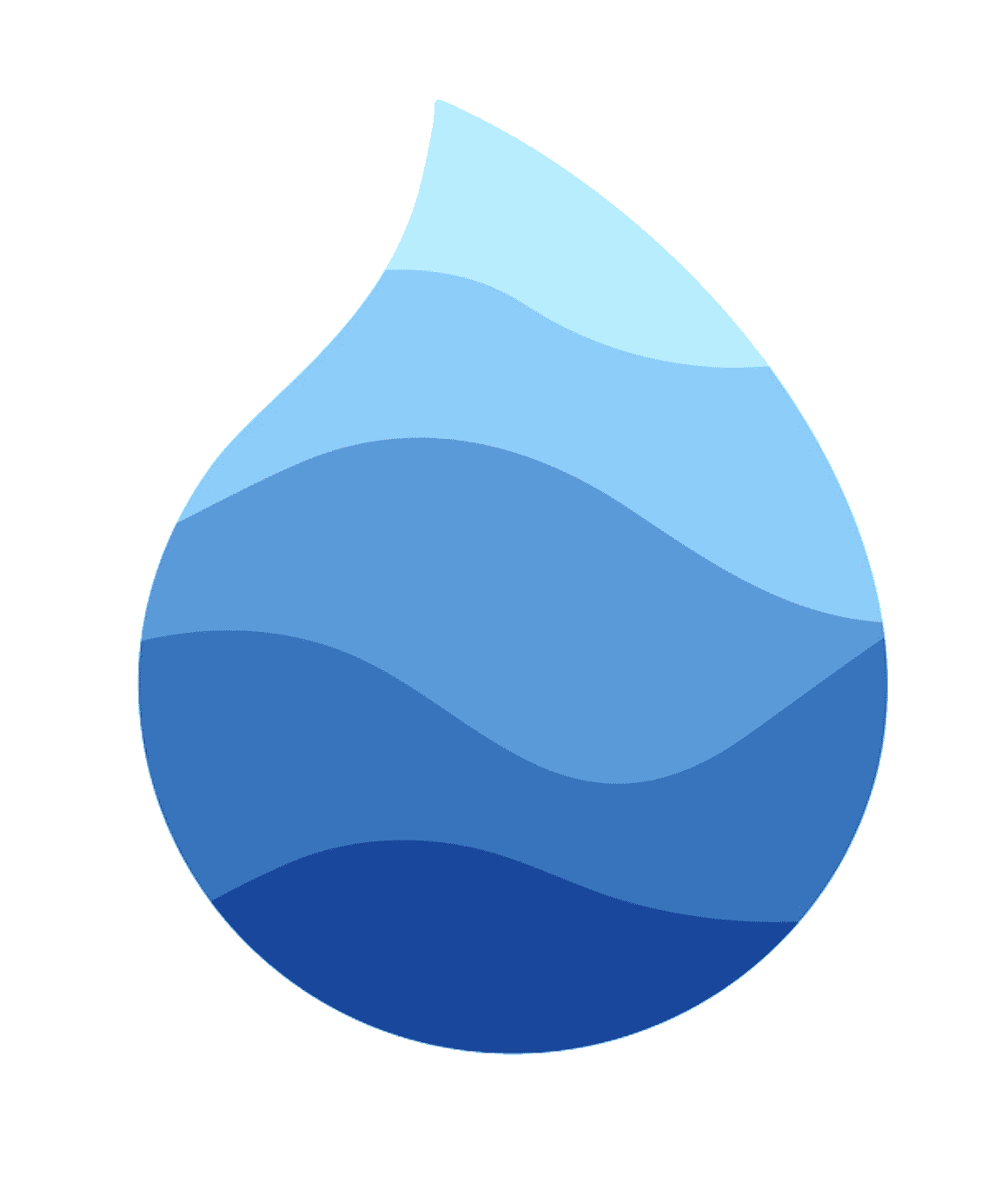Upgrade Guide
What's Changed in Nylo 6.x
You can understand all the changes by clicking the below link.
Migration Guide
Upgrading from Nylo 5.x to Nylo 6.x will take roughly 1 hour. You can follow the below steps to upgrade your Nylo project.
Step 1: Update the Nylo pubspec.yaml file
You'll need to ensure that your pubspec.yaml file contains the following dependencies:
dependencies:
url_launcher: ^6.2.6
google_fonts: ^6.2.1
analyzer: ^6.7.0
intl: ^0.19.0
nylo_framework: ^6.1.2
pretty_dio_logger: ^1.4.0
cupertino_icons: ^1.0.8
path_provider: ^2.1.4
flutter_local_notifications: ^18.0.0
font_awesome_flutter: ^10.8.0
scaffold_ui: ^1.1.2
...
Remove win32 if it's present in your pubspec.yaml file.
And your dev dependacies should look like this:
dev_dependencies:
rename: ^3.0.2
flutter_launcher_icons: ^0.14.1
Your environment should look like this:
environment:
sdk: '>=3.4.0 <4.0.0'
flutter: ">=3.24.0 <4.0.0"
Step 2: Update the Nylo main.dart file
You'll need to update your main.dart file to look like this:
import 'package:nylo_framework/nylo_framework.dart';
import 'bootstrap/boot.dart';
/// Nylo - Framework for Flutter Developers
/// Docs: https://nylo.dev/docs/6.x
/// Main entry point for the application.
void main() async {
await Nylo.init(
setup: Boot.nylo,
setupFinished: Boot.finished,
// showSplashScreen: true,
// Uncomment showSplashScreen to show the splash screen
// File: lib/resources/widgets/splash_screen.dart
);
}
Next, copy this file from GitHub to lib/resources/widgets/splash_screen.dart.
Next, you'll need to update your bootstrap/boot.dart file to look like this:
import 'package:flutter/material.dart';
import '/resources/widgets/splash_screen.dart';
import '/bootstrap/app.dart';
import '/config/providers.dart';
import 'package:nylo_framework/nylo_framework.dart';
/* Boot
|--------------------------------------------------------------------------
| The boot class is used to initialize your application.
| Providers are booted in the order they are defined.
|-------------------------------------------------------------------------- */
class Boot {
/// This method is called to initialize Nylo.
static Future<Nylo> nylo() async {
WidgetsFlutterBinding.ensureInitialized();
if (getEnv('SHOW_SPLASH_SCREEN', defaultValue: false)) {
runApp(SplashScreen.app());
}
await _setup();
return await bootApplication(providers);
}
/// This method is called after Nylo is initialized.
static Future<void> finished(Nylo nylo) async {
await bootFinished(nylo, providers);
runApp(Main(nylo));
}
}
/* Setup
|--------------------------------------------------------------------------
| You can use _setup to initialize classes, variables, etc.
| It's run before your app providers are booted.
|-------------------------------------------------------------------------- */
_setup() async {
/// Example: Initializing StorageConfig
// StorageConfig.init(
// androidOptions: AndroidOptions(
// resetOnError: true,
// encryptedSharedPreferences: false
// )
// );
}
Step 3: Updates to routes
The 'routes.dart' file has been updated.
From...
appRouter() => nyRoutes((router) {
router.route(HomePage.path, (context) => HomePage(), initialRoute: true);
router.route(SecondPage.path, (context) => SecondPage());
router.route(ThirdPage.path, (context) => ThirdPage());
...
To this...
appRouter() => nyRoutes((router) {
router.add(HomePage.path).initialRoute();
router.add(SecondPage.path);
router.add(ThirdPage.path);
...
Step 4: Updating your Pages
You'll need to update your pages to use new syntax.
From...
...
class HomePage extends NyStatefulWidget<HomeController> {
static const path = '/home';
HomePage({super.key}) : super(path, child: () => _HomePageState());
}
class _HomePageState extends NyState<HomePage> {
@override
init() async {
}
@override
boot() async {
}
bool get useSkeletonizer => true;
@override
Widget loading(BuildContext context) {
return Scaffold(
body: Center(child: Text("Loading..."))
);
}
/// The [view] method should display your page.
@override
Widget build(BuildContext context) {
...
}
to this...
...
class HomePage extends NyStatefulWidget<HomeController> {
static RouteView path = ("/home", (_) => HomePage());
HomePage() : super(child: () => _HomePageState());
}
class _HomePageState extends NyPage<HomePage> {
@override
get init => () async {
};
/// Define the Loading style for the page.
/// Options: LoadingStyle.normal(), LoadingStyle.skeletonizer(), LoadingStyle.none()
/// uncomment the code below.
LoadingStyle get loadingStyle => LoadingStyle.normal();
/// The [view] method displays your page.
@override
Widget view(BuildContext context) {
}
The important changes are:
-
init() asyncis nowget init => () async -
boothas been replaced with init -
useSkeletonizeris nowLoadingStyle -
loadingcan now done usingloadingStyle. E.g.LoadingStyle.normal(child: Text("Loading...")) - The page path
static const path = '/home';is nowstatic RouteView path = ("/home", (_) => HomePage());
Step 5: Updating Storage Keys
You'll need to update your storage keys to use the new syntax.
From...
class StorageKey {
static String userToken = "USER_TOKEN";
static String authUser = getEnv('AUTH_USER_KEY', defaultValue: 'AUTH_USER');
/// Add your storage keys here...
}
to this...
class Keys {
// Define the keys you want to be synced on boot
static syncedOnBoot() => () async {
return [
auth,
bearerToken,
// coins.defaultValue(10), // give the user 10 coins by default
];
};
static StorageKey auth = getEnv('SK_USER', defaultValue: 'SK_USER');
static StorageKey bearerToken = 'SK_BEARER_TOKEN';
Step 6: Updating your Providers
The AppProvider has been updated to the following:
import '/config/keys.dart';
import '/app/forms/style/form_style.dart';
import '/config/form_casts.dart';
import '/config/decoders.dart';
import '/config/design.dart';
import '/config/theme.dart';
import '/config/validation_rules.dart';
import '/config/localization.dart';
import 'package:nylo_framework/nylo_framework.dart';
class AppProvider implements NyProvider {
@override
boot(Nylo nylo) async {
await NyLocalization.instance.init(
localeType: localeType,
languageCode: languageCode,
assetsDirectory: assetsDirectory,
);
FormStyle formStyle = FormStyle();
nylo.addLoader(loader);
nylo.addLogo(logo);
nylo.addThemes(appThemes);
nylo.addToastNotification(getToastNotificationWidget);
nylo.addValidationRules(validationRules);
nylo.addModelDecoders(modelDecoders);
nylo.addControllers(controllers);
nylo.addApiDecoders(apiDecoders);
nylo.addFormCasts(formCasts);
nylo.useErrorStack();
nylo.addFormStyle(formStyle);
nylo.addAuthKey(Keys.auth);
await nylo.syncKeys(Keys.syncedOnBoot);
// Optional
// nylo.showDateTimeInLogs(); // Show date time in logs
// nylo.monitorAppUsage(); // Monitor the app usage
return nylo;
}
@override
afterBoot(Nylo nylo) async {}
}
Those are the main changes you need to make to upgrade your Nylo project from 5.x to 6.x.
We'd suggest creating a new project in v6 and then copying over your files to the new project.
Example:
- Pages
- Providers
- Models
- Controllers
- Config files
This will ensure you have a clean project with all the new changes.
How to upgrade
You can check the changes in 6.x by clicking the above link "View changes" and then implement all the changes into your Nylo project.

